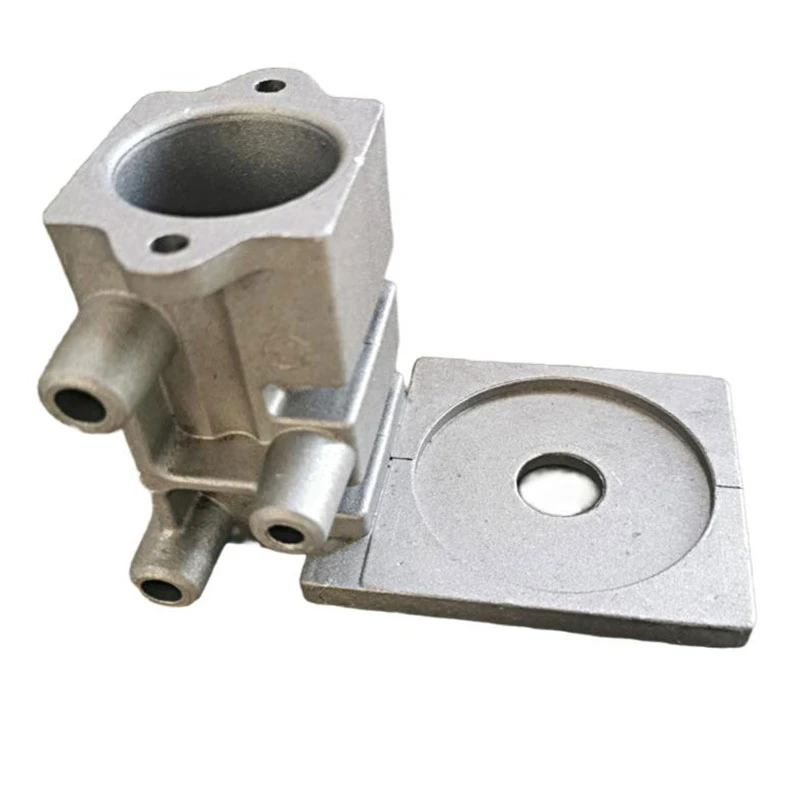Exploring the Benefits and Techniques of Casting with Green Sand in Metalworking
The Art and Science of Casting Green Sand
Casting is an ancient technique that dates back thousands of years, transforming raw materials into intricate shapes and forms that are foundational to various industries. Among the various casting methods, green sand casting stands out due to its unique advantages and versatility. This article delves into the process, materials, and applications of casting with green sand.
Understanding Green Sand
Green sand is a mixture of sand, clay, and moisture, making it an ideal medium for creating molds in metal casting. The term green refers to the fact that the mold contains moisture, which is essential for its integrity during the casting process. The primary components of green sand include silica sand (the main component), clay (usually bentonite), water, and sometimes other additives to enhance specific properties. Silica sand provides the main structure, while clay acts as a binding agent that holds the sand grains together.
The Casting Process
The green sand casting process begins with the creation of a pattern – a replica of the desired final product. This pattern is typically made from metal, wood, or plastic and is used to form the mold. The mold-making process involves the following steps
1. Pattern Preparation The pattern is cleaned and sometimes coated with a release agent to facilitate easy removal from the sand mold.
2. Mold Creation The pattern is pressed into a mixture of green sand, forming a cavity. Depending on the complexity of the design, a two-part mold may be used. The sand must be compacted thoroughly to ensure it retains its shape after the pattern is removed.
3. Removing the Pattern Once the mold is compact, the pattern is carefully removed, leaving behind a cavity that represents the final product.
4. Pouring the Metal The mold is then heated to ensure that any moisture is evaporated before molten metal is poured into the cavity. This step is crucial to avoid defects in the final casting.
5. Cooling and Finishing After the metal has cooled and solidified, the mold is broken away to reveal the casting. The resulting piece often undergoes additional finishing processes such as grinding, machining, or polishing to achieve the desired surface quality.
casting green sand

Advantages of Green Sand Casting
Green sand casting offers several advantages that make it an attractive option for manufacturers
- Cost-Effective The materials required for green sand casting are relatively inexpensive, making it a cost-effective option, especially for large production runs.
- Flexibility This method can easily accommodate a wide range of shapes and sizes, from simple to complex geometries.
- Reusability The sand can be reclaimed and reused multiple times, which not only reduces waste but also enhances the sustainability of the process.
- Good Surface Finish and Accuracy With proper molding techniques, green sand casting can achieve a good surface finish and dimensional accuracy, which are essential for many applications.
Applications in Industry
Green sand casting is prevalent in various industries, including automotive, aerospace, and machinery. It is especially suitable for producing iron and aluminum parts such as engine blocks, gears, and other intricate components. Its adaptability allows manufacturers to create everything from small-scale prototypes to large industrial parts efficiently.
Conclusion
Green sand casting is a timeless method that combines both art and science. Its unique properties and advantages make it a valuable technique in modern manufacturing. By understanding the process and its applications, industries can leverage green sand casting to produce high-quality metal components that meet the demands of various sectors while maintaining economic viability and environmental sustainability. As technology advances, the techniques and materials used in green sand casting will likely continue to evolve, further enhancing its role in the future of manufacturing.
-
Precision Sheet Metal Stamping Manufacturer | Fast & ReliableNewsAug.01,2025
-
OEM Sand Cast Pump Valve Fittings - Baoding Hairun Machinery And Equipment Trading Co., Ltd.NewsAug.01,2025
-
Custom OEM Impellers | High Efficiency & PrecisionNewsAug.01,2025
-
OEM Sand Cast Pump Valve Fittings - Baoding Hairun Machinery | Customization, Quality AssuranceNewsAug.01,2025
-
OEM Sand Cast Pump Valve Fittings - Baoding Hairun Machinery And Equipment Trading Co., Ltd.NewsAug.01,2025
-
OEM Sand Cast Pump Valve Fittings - Baoding Hairun Machinery And Equipment Trading Co., Ltd.NewsJul.31,2025















